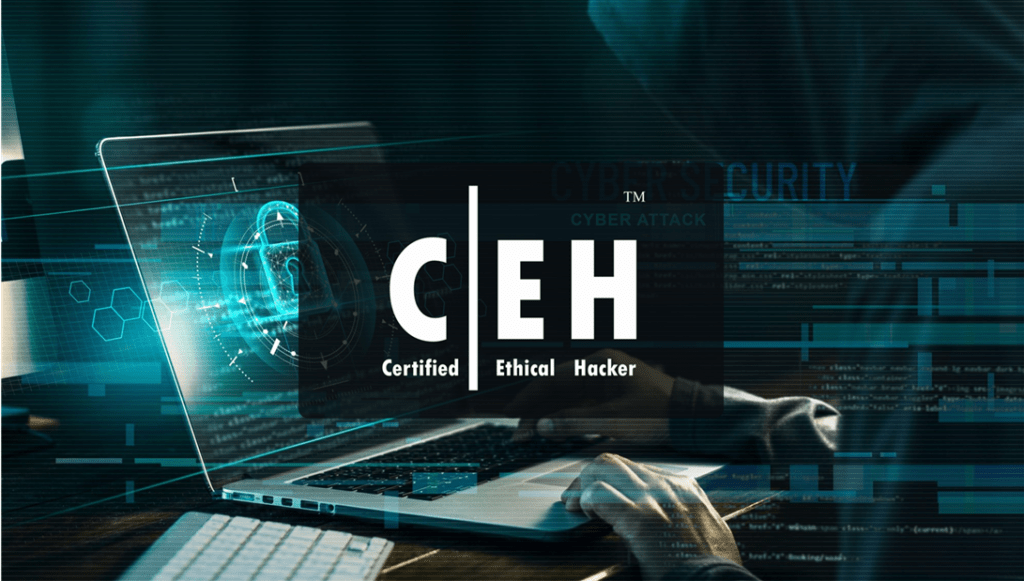Key Roles of SOC Analysts: Elevating Cybersecurity with Digi9
In an increasingly digital world, businesses face evolving cyber threats that require constant vigilance and expertise. The Security Operations Center (SOC) is the heart of an organization’s defense, and SOC analysts are the skilled professionals ensuring that threats are detected, analyzed, and neutralized before they can cause harm. At Digi9, we specialize in empowering businesses with SOC solutions that safeguard their infrastructure and data. 1. Threat Monitoring and Detection In today’s fast-paced digital world, constant vigilance is crucial. SOC analysts act as sentinels, continuously scanning networks to catch suspicious activities or signs of potential cyberattacks. At Digi9, we understand that detecting threats in real time is key, which is why we equip SOC teams with advanced, AI-powered monitoring tools. These tools ensure that the moment something out of the ordinary happens, alerts are triggered, and the SOC team can spring into action. Real-world example:Imagine a large retail chain suddenly experiences an unexplained surge in network traffic. Without early detection, this could disrupt their operations. Thanks to Digi9’s cutting-edge monitoring tools, their SOC analysts flagged the anomaly and quickly discovered it was a distributed denial-of-service (DDoS) attack. Our system allowed the team to block the attack before it could cause chaos, ensuring business as usual for the retail chain. 2. Incident Response When a cyber threat is identified, speed is everything. SOC analysts don’t just detect issues; they act on them. Their goal is to contain the threat, mitigate damage, and restore normal operations. Digi9 ensures that when the clock is ticking, SOC teams are armed with the most comprehensive incident response solutions. Our approach minimizes the impact of breaches, allowing businesses to recover swiftly. Real-world example:At a financial institution, an employee’s account was compromised, and unauthorized transfers were detected. SOC analysts, supported by Digi9’s rapid response protocols, isolated the affected system, halting the transfers and preventing significant losses. By containing the threat quickly, the financial institution avoided a potential catastrophe, and their system was restored within hours. 3. Threat Intelligence and Analysis Cyber threats evolve constantly, which is why SOC analysts need to stay ahead of the game. They gather and analyze intelligence to track trends and anticipate risks. Digi9 empowers SOC teams with actionable threat intelligence, so they not only react to existing threats but also proactively mitigate future risks. Real-world example:A healthcare provider found themselves the target of relentless phishing campaigns. However, thanks to Digi9’s threat intelligence, the SOC team was able to spot patterns in the attacks. They predicted the next move, deployed preemptive security measures, and avoided further breaches protecting sensitive patient data in the process. 4. Vulnerability Management It’s not enough to stop an attack when it happens; organizations need to ensure vulnerabilities in their systems are addressed before they’re exploited. SOC analysts work to identify these vulnerabilities and patch them in time. With Digi9’s proactive vulnerability management services, clients don’t have to worry about lurking weaknesses in their infrastructure. Real-world example:A tech company’s customer management system had an unpatched vulnerability that could have led to a serious data breach. Digi9 stepped in, guiding their SOC team through a swift patching process. Thanks to quick action, the company avoided a potentially damaging breach, preserving customer trust and their business reputation. 5. Compliance and Reporting Staying compliant with industry regulations like GDPR, HIPAA, or PCI-DSS is crucial for businesses, and it’s a key part of the SOC analyst’s role. Analysts must ensure that their organization’s security posture meets these stringent requirements. Digi9 offers solutions that make this process seamless, ensuring organizations stay compliant while fortifying their security. Real-world example:A payment processing company needed to pass a PCI-DSS audit. Digi9 worked alongside their SOC team, ensuring that every security measure was in place. The result? A successful audit with flying colors, thanks to detailed reporting and adherence to the highest standards. 6. Continuous Learning and Adaptation The cybersecurity landscape is always changing, and SOC analysts must continuously evolve to keep pace with new threats. Whether it’s learning about new attack techniques or mastering the latest defense technologies, ongoing development is crucial. Digi9 provides SOC analysts with the training they need to stay sharp and effective, ensuring that organizations are ready for whatever comes next. Real-world example:A telecom company faced a wave of sophisticated ransomware attacks. After undergoing Digi9’s SOC analyst training, their team was better equipped to identify, neutralize, and prevent such attacks. The result? Significantly reduced impact from future ransomware attempts and improved incident response capabilities. Conclusion In today’s rapidly evolving cyber threat landscape, SOC analysts play a pivotal role in safeguarding organizations from attacks. With the right tools and continuous learning, they ensure swift detection, response, and prevention of cyber incidents. At Digi9, we provide SOC teams with cutting-edge solutions, from real-time threat monitoring to proactive vulnerability management and compliance support. By partnering with us, businesses can enhance their security posture, stay compliant, and be prepared for future challenges. Our expertise not only helps protect your organization but also ensures that you remain resilient in the face of ever-evolving threats. Choose Digi9 for a comprehensive, future-proof cybersecurity solution that keeps your organization safe
Key Roles of SOC Analysts: Elevating Cybersecurity with Digi9 Read More »







